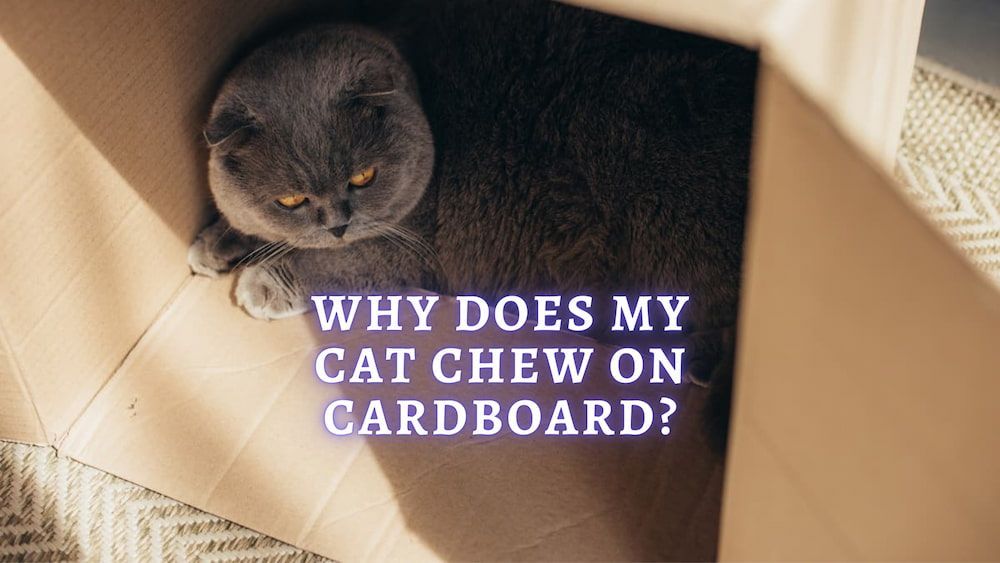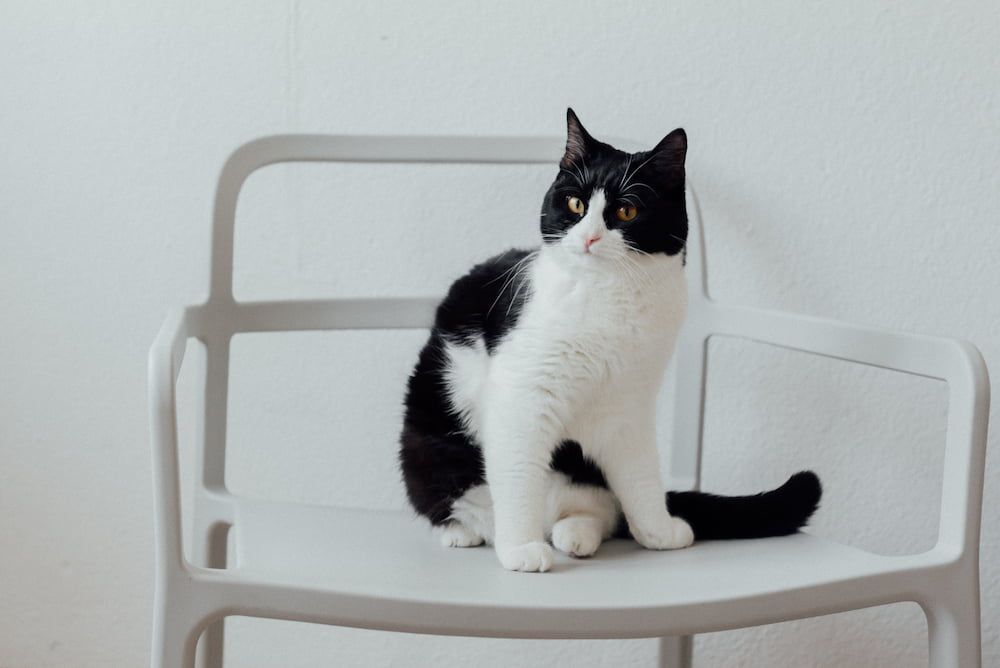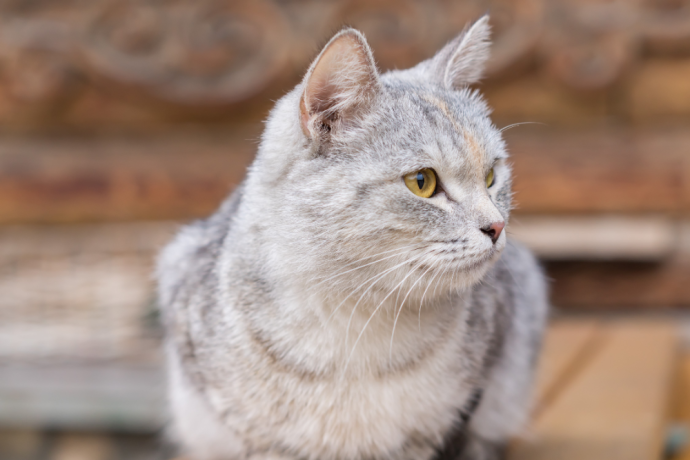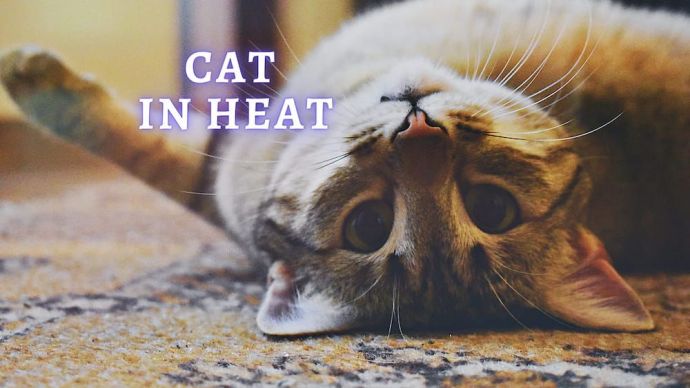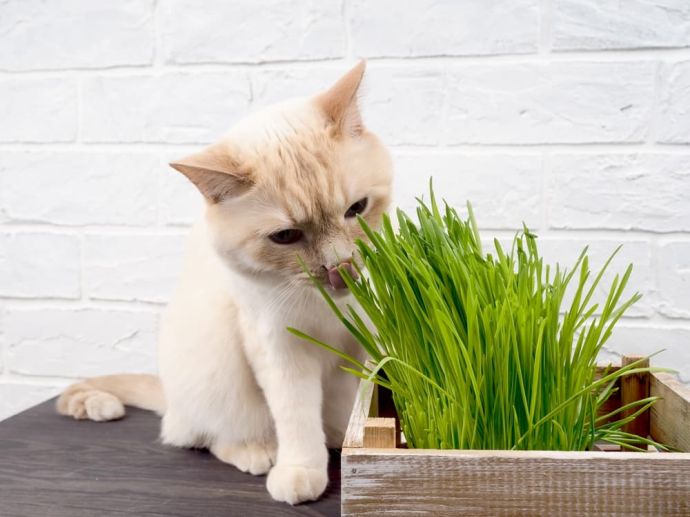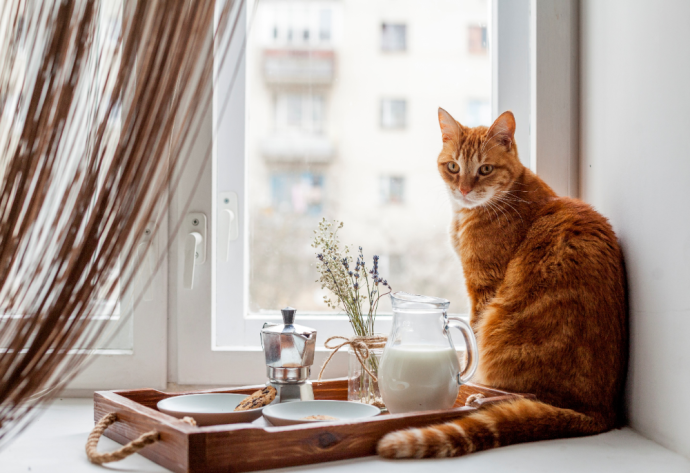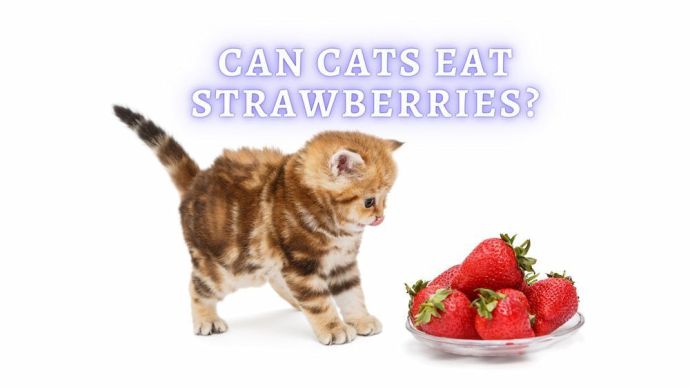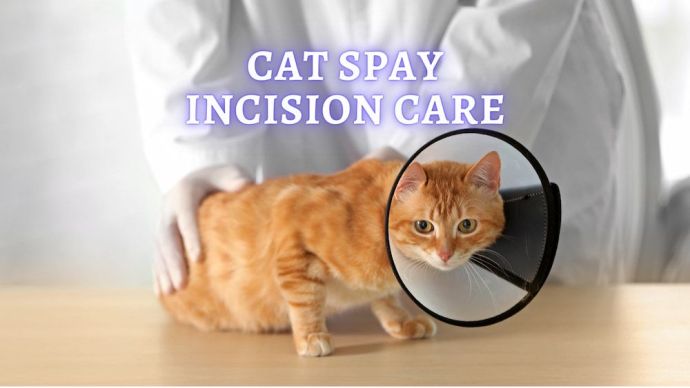Cat Chewing Cardboard: Why Does My Cat Chew On Cardboard? Vet Advice
Written by:
Author: Dr. Linda Simon
Dr. Linda Simon is a veterinary surgeon working with seven years of experience. She is a fellow of the British Veterinary Association and specializing in animal medicine. Also, she has been the Woman magazine resident vet for the past two years and writes a regular column for them, focusing on pets and their health.
View all 30 articlesLearn about our editorial process and veterinary review board.
Viewed: 2550
Updated on: 12/09/2021
If you have ever seen your cat chewing on cardboard boxes, you may have wondered what has gotten into them. Kitties are notorious for hiding in boxes, but not every owner is prepared for their propensity to chew cardboard and perhaps even eat cardboard boxes.
Most cats chew cardboard from time to time and it is rarely a big deal. However, if they eat, or constantly chew on it, we will need to interfere. An owner must monitor any chewing to see if it is being eaten.
Difference between chewing and eating cardboard
It is essential to know if your kitty is just nibbling on the cardboard or actually chewing and swallowing it. Generally speaking, chewing is not a big deal, and in fact, it can be a good way for kitties to spend time. However, if they are actually eating it, this behavior is not so benign.
Watch your cat closely as they chew on the cardboard. Do they bite off chunks leaving bits missing from the box? Do they have an exaggerated swallow as the cardboard is ingested? If your cat is just a nibbler, the cardboard will have small indentations, but there won’t be any parts missing.
Some cats will regurgitate or vomit after the cardboard is eaten. You may see a small piece of cardboard within the saliva and vomit. This tells us your cat is biting off more than they can chew.
Reasons why cats chew on cardboard
There are many reasons why a cat may start chewing cardboard, and these range from boredom to cat pica and it is important to determine why your cat has developed this new habit. You may need to put your detective hat on as you get to the bottom of things.
- Marking territory. As strange as it may sound, cats may be using the cardboard as a ‘territory marker’. They might lick, nibble and rub their cheeks on it, spreading their scent. Most felines mark their territory both inside their home and in their garden. This behavior is not a concern and is par for the course when it comes to adult cats. Any one can do this, but young males who have not been neutered will do it the most. We also find that those who live in a house with two cats or more are more likely to choose to mark their territory.
- Help with the sore gums. When a young kitty is teething, cat toys may not cut it. You could buy them a range of teething rings, and they’d still go for things like cardboard, paper and socks. Gnawing on cardboard can distract them from oral discomfort and provide a good distraction. Many young cats will display this behaviour when actively teething. A teething kitten has razor sharp teeth and they may have a strong desire to chew until all adult teeth have erupted.
- It’s part of their hunting instinct and natural prey drive. As domesticated as our furry friends may be, they are still born hunters. This is true of all cats, regardless of breed. While your cat would probably rather pounce on and chew a moving wind up mouse or teddy, something like diaper boxes or cereal boxes will do too. As a way of releasing energy, there’s nothing wrong with this.
- Exploration. Kittens and younger cats will often explore their world through their mouth and chewing cardboard boxes is a way for them to have a little fun while learning about the world around them. They like to investigate the way the cardboard feels in their mouth, as well as its taste. Owners need to watch these little critters closely as they do not have the same common sense as an adult cat.
- Playing. All kitties love to have fun and they are naturally curious. To chew on or eat non food items like boxes is a form of entertainment to a cat. Felines play with anything if given the opportunity; from a cardboard box or aluminum foil to hair binders and a feather wand. It is up to us to ensure what they play with is safe.
- Boredom. One of the most common reasons cats chew things like cardboard boxes and paper towels is because they don’t have anything more interesting to do. This occurs most commonly in indoor cats. If your feline friend appears bored, try to give them something mentally stimulating to do. Perhaps a mini feline agility course or puzzle toy. We should also offer things like scratching posts, to ensure they have the ability to express their natural behavior. [1]
- The taste of cardboard is nothing to write home about but if the cardboard box used to be a home to a tasty pizza pie or some marinated steaks, your cat may be excited to lick or chew on the cardboard. It’s important to keep food containers away from cats and to keep bins closed. If your cat is able to open the bin, consider investing in a bin lock or in putting the bin behind a closed door, such as in the pantry or garage.
READ MORE: Common Nutrient Deficiencies in Cats (Vet Advice)
Is Chewing Cardboard Boxes Safe for Cats?
Unfortunately, it should not be assumed that biting or eating cardboard is safe. Though cats chew regularly, it is not something we should encourage. As with human babies, they simply don’t understand what is safe for them to ingest and what is not.
Chewing cardboard boxes might be safe, but there is always a risk your cat ingests a large amount of the cardboard and becomes unwell. They may develop an upset stomach or even an intestinal blockage.
Sharp edges could potentially cut tender gums and pieces of chewed cardboard could even lodge between back molar teeth.
READ MORE: Best Cat Toys (Reviews & Buying Guide)
How to stop cats from chewing Cardboard?
If your cat is not a repeat offender and is not bothered about cardboard, it should be easy to distract them. Conversely, it may be harder for those who chew cardboard often to break the habit.
Firstly, ensure your pet has plenty of toys and that you are providing enough mental and physical stimulation for them to keep occupied.
When your kitten is teething, consider offering them some kitten-safe dental treats and perhaps a frozen rag that was soaked in chicken broth. As their baby teeth are coming in, they may need a nice distraction from their discomfort. For those who seem in a lot of pain, their vet can prescribe anti-inflammatories and pain relief as needed.
What to do if your cat is eating cardboard?
In the moment, if your cat has got hold of some cardboard and they are ingesting it, try to swap it for something more appropriate. Offer them some tasty cat chews or treats and clear away the cardboard promptly.
Ensure your cat’s diet is well balanced and they have enough fiber in their cat food. They should also be up to date with a good quality wormer. For many cats, feline pica is a sign of an underlying medical issue such as a nutritional deficiency or parasites. While those with pica may choose to eat soil or grass, cardboard eating is not uncommon.
If you need to have cardboard boxes in the home for whatever reason, try to keep them away from your curious kitty and ensure they are heavy duty boxes. Indeed, many owners use these for playing hide and seek and for providing a nice ‘safe space’ for anxious cats.
Importantly, try not to tell your kitty off. While you may be frustrated to find cardboard scattered around your home, scolding your cat may increase their anxiety levels, and it is unlikely to stop them eating cardboard and, in fact, the behavior may worsen.
Final Thoughts
Chewing on cardboard is a relatively common cat behavior, but we should either encourage or ignore it. As there is the potential for cats to eat the cardboard and make them poorly, we need to dissuade them from doing it.
This is usually done via a combination of cardboard avoidance, attention redirection and provision of plenty of mental and physical enrichment.
FAQ
Is it bad for cats to chew on cardboard?
Chewing and nibbling on cardboard is not uncommon. For most cats, it poses no health risk. However, there is a small risk if your cat ingests the cardboard. As it is not digestible, it could cause a blockage within the intestines. This would result in signs such as vomiting, a reduced appetite and lethargy. This is a true medical emergency and requires urgent vet care. The treatment would be a surgical procedure to remove the obstruction. Without this, a blocked kitty can develop peritonitis and may even pass away. [2]
Why is my cat chewing up cardboard?
It is natural to wonder why your cat has started to chew up cardboard. The answer is not always straightforward and there are many potential causes. Consider things such as teething or boredom. If it becomes a real issue, you may wish to consult your cat’s vet or a feline behaviorist to rule out a serious underlying cause.
What is pica in a cat?
Pica is an uncommon feline condition that causes cats to chew and eat non-food items. This can include cardboard eating and ingestion of plastic, kitty litter, and fabric. Oriental breeds are the most frequent offenders, especially the Siamese and Burmese. Some of the medical issues associated with pica include inflammatory bowel disease and anemia.
You may have heard some refer to pica as ‘wool eating’ as, for some felines, wool is what they are most likely to eat. This is especially true for Siamese cats. [3]
Does cardboard ingestion always mean a trip to the vet?
If your cat has nibbled a very small piece of cardboard off a box and they seem well, you may be able to hold fire. While cardboard is not digestible, a small piece should pass through the gut without issue. However, a large amount of it is likely to cause a problem and merits a vet visit.
Article Sources:
- Wadas-Willingham, Val. “Keep Your Indoor Cat Healthy.” PetMD, pets.webmd.com/cats/features/keeping-indoor-cat-happy.
- “Bowel Obstruction/Intestinal Blockage in Cats.” PDSA, pdsa.org.uk/pet-help-and-advice/pet-health-hub/conditions/bowel-obstructionintestinal-blockage-in-cats.
- “Pica in Cats.” International Cat Care, icatcare.org/advice/pica-in-cats/.
 Cat Care Why Does My Cat Attack My Legs? 10 Reasons Why and What To Do About It (Vet-Approved Advice)
Cat Care Why Does My Cat Attack My Legs? 10 Reasons Why and What To Do About It (Vet-Approved Advice) - 45566
- 21
 Cat Veterinary Tips Cat Stomach Gurgling: Vet Advice on Why is Your Cat Stomach Gurgling?
Cat Veterinary Tips Cat Stomach Gurgling: Vet Advice on Why is Your Cat Stomach Gurgling? - 35340
- 4
 Cat Veterinary Tips My Cat Lost its Voice: Can Cats get Laryngitis? (Vet Advice)
Cat Veterinary Tips My Cat Lost its Voice: Can Cats get Laryngitis? (Vet Advice) - 23247
- 13









